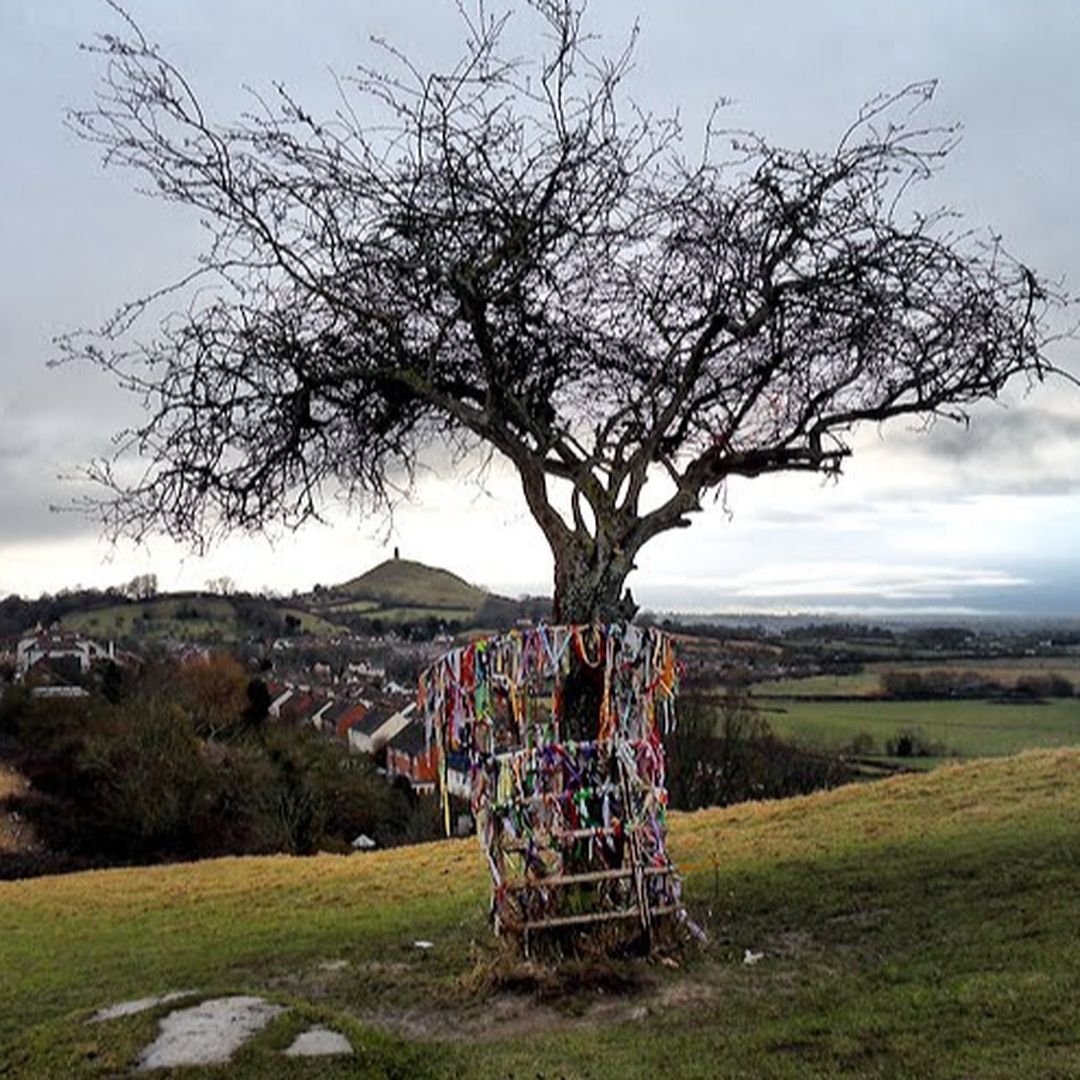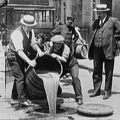The Glastonbury Thorn
The Holy Thorn
January 5, 1786
On this day, a winter-blooming hawthorn- the iconic Glastonbury Thorn - blossomed.
In all previous years, the beautiful Glastonberry Thorn, Crataegus monogyna' Biflora' ("Cra-TAY-gus Mon-uhj-EYE-ah") had flowered on Christmas Day. But by 1786, Britain had adopted the Gregorian calendar, which affected the bloom time, so the tree bloomed eleven days past schedule.
Unlike other hawthorns, the Glastonbury Thorn miraculously flowers twice a year. The first bloom occurs in winter around Christmas, so it has long been considered sacred. The second flush occurs in spring around Easter - hence the name 'biflora.' And every Christmas, a budded branch is sent to the Queen.
Legend has it that the original plant - widely called the holy thorn - was planted in Somerset more than 2000 years ago by the Uncle of Jesus Christ, Joseph of Arimathea. And so the legend says that after the crucifixion, Joseph visited the area and pushed his walking staff into the ground, where it rooted and became the holy thorn.
In 1986, the Glastonbury Thorn was featured on a beautiful Christmas stamp. But the recent history of the tree is not so happy.
In 2010, vandals removed almost every branch from the Glastonbury Thorn. Thankfully, Kew's arboretum team arrived in time to take cuttings from some of the damaged branches. With the help of these skilled arborists, the mother tree was replaced, and sister trees were planted in other secret locations throughout England.
This post was featured onThe Daily Gardener podcast:
helping gardeners find their roots,
one story at a time






